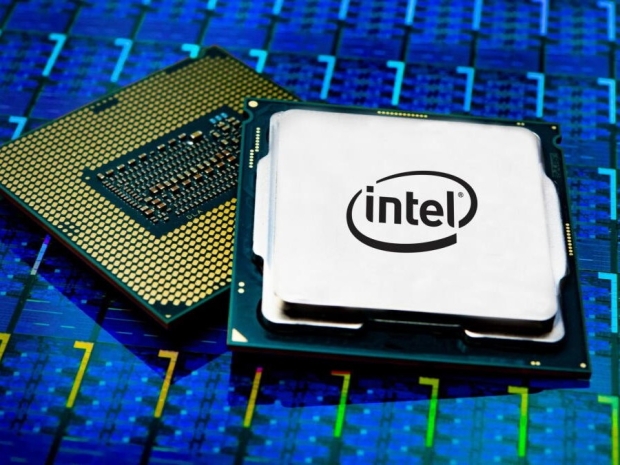If the numbers are right the performance characteristics of the new CPU can manage a 56 per cent multi-threaded performance advantage over its Core i5-12400 Alder Lake predecessor.
The Core i5-13500 engineering sample features a single-core turbo frequency of 4.8 GHz or 4.9 GHz - depending on the monitoring software , and an all-core frequency of 4.4 GHz. The efficiency cores peak at 3.4 GHz, with all cores going down to 3.3 GHz.
The Core i5-13500 core count features the same 6 P-core and 8 E-core combinations as the higher-up Core i5-13600K. It is an upgrade from Intel's Alder Lake predecessor, the Core i5-12500, which lacked efficiency cores. However, compared to the Core i5-12600K, the Core i5-13500 still has a core count advantage with two more E-cores.
In Cinebench R23 the chip in the Bilibili video has a multi-threaded score of 19,891 points -- 56 per cent performance improvement for the Core i5-13500 compared to the Core i5-12500, which scores 12,678 points in the same benchmark.
In CPU-Z's benchmark, the Core i5-13500 pulling out a score of 8,222 points in the multi-threaded benchmark, and is 61 per cent faster than the official Core i5-12500 multi-threaded CPU-Z score of 5,108 points.
Single-threaded results are not that great with the Core i5-13500 pulling out a nine per cent lead over the Core i5-12500 in Cinebench R23, with a score of 1,901 vs. Tech Notice's score of 1,736 for the Core i5-12500.
It looks like Intel's decision to add a full eight E-cores to its budget-end Core i5-13500 is providing Intel's mid-range offering a serious performance jump over its Alder Lake predecessor.




